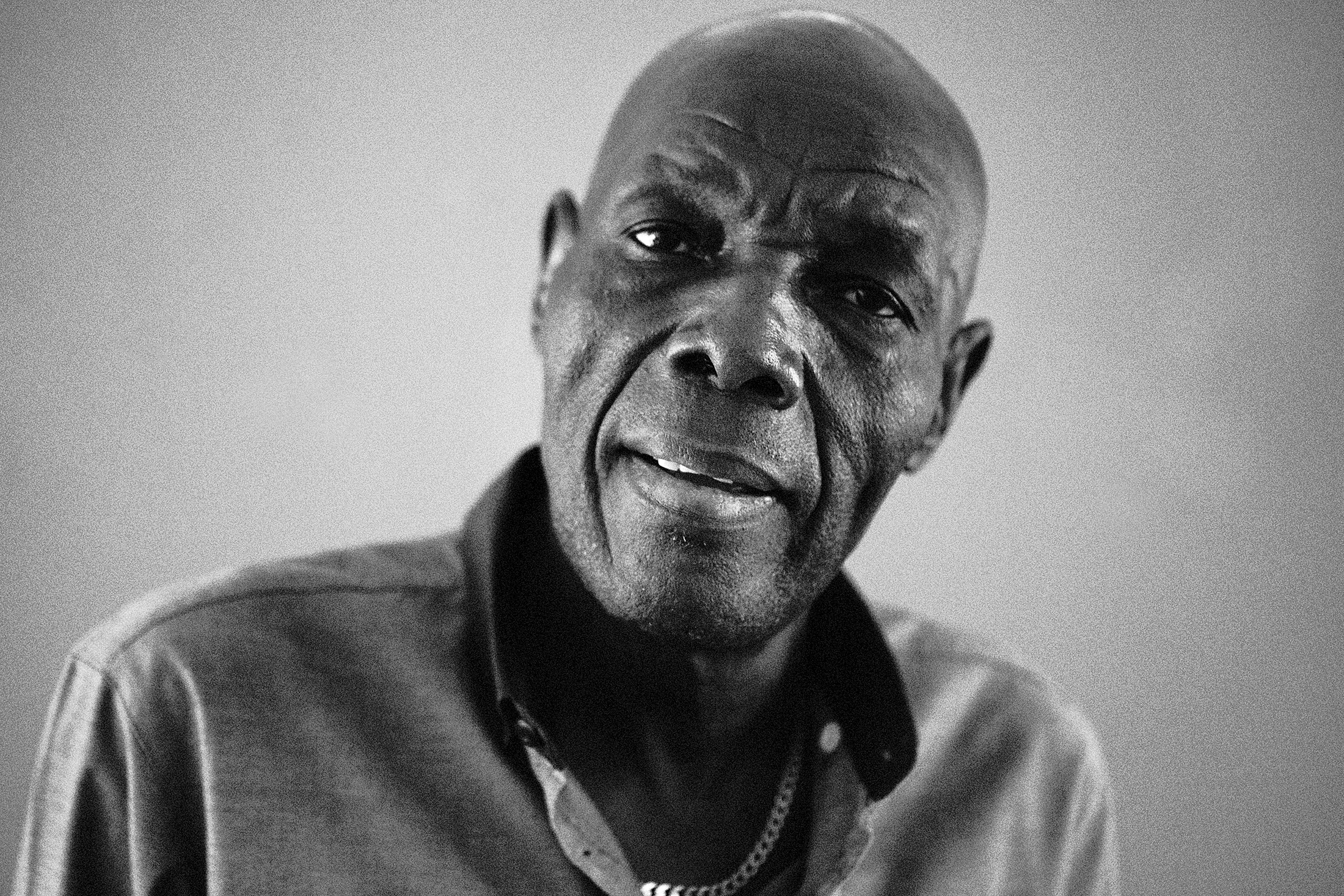
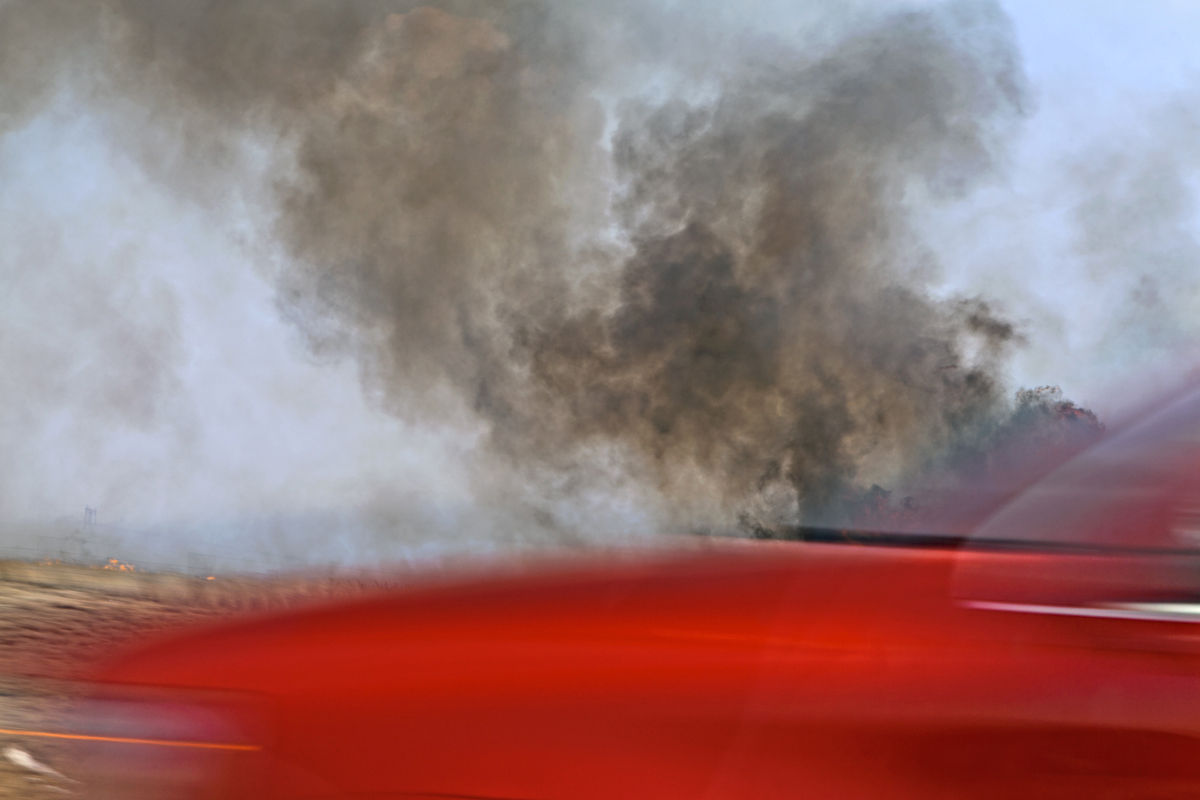

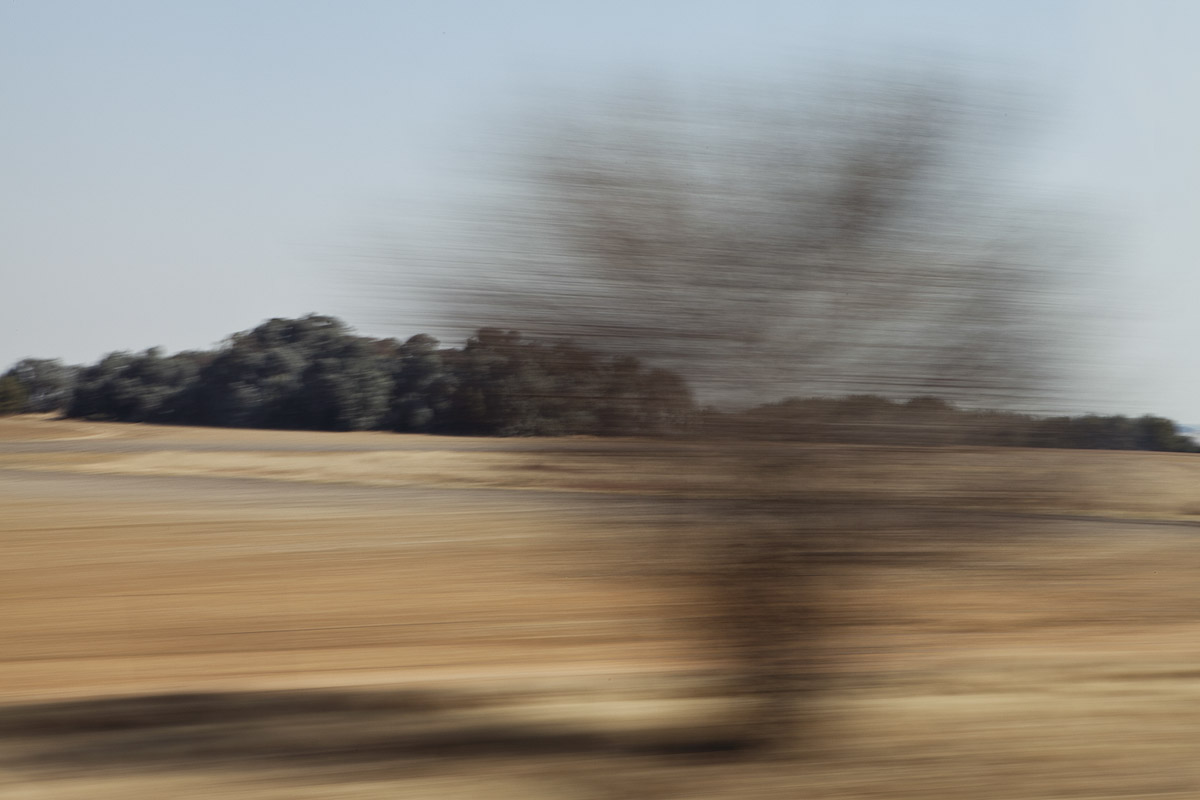

SELECTED PROJECTS
MORENA LERABA
Exploring the majestic rural landscape of Lesotho and the urban density of Johannesburg’s inner city with Morena Leraba.
![]()
ALTER NATURE
Through their analogue dissonance, these images question our relationship to the natural world.
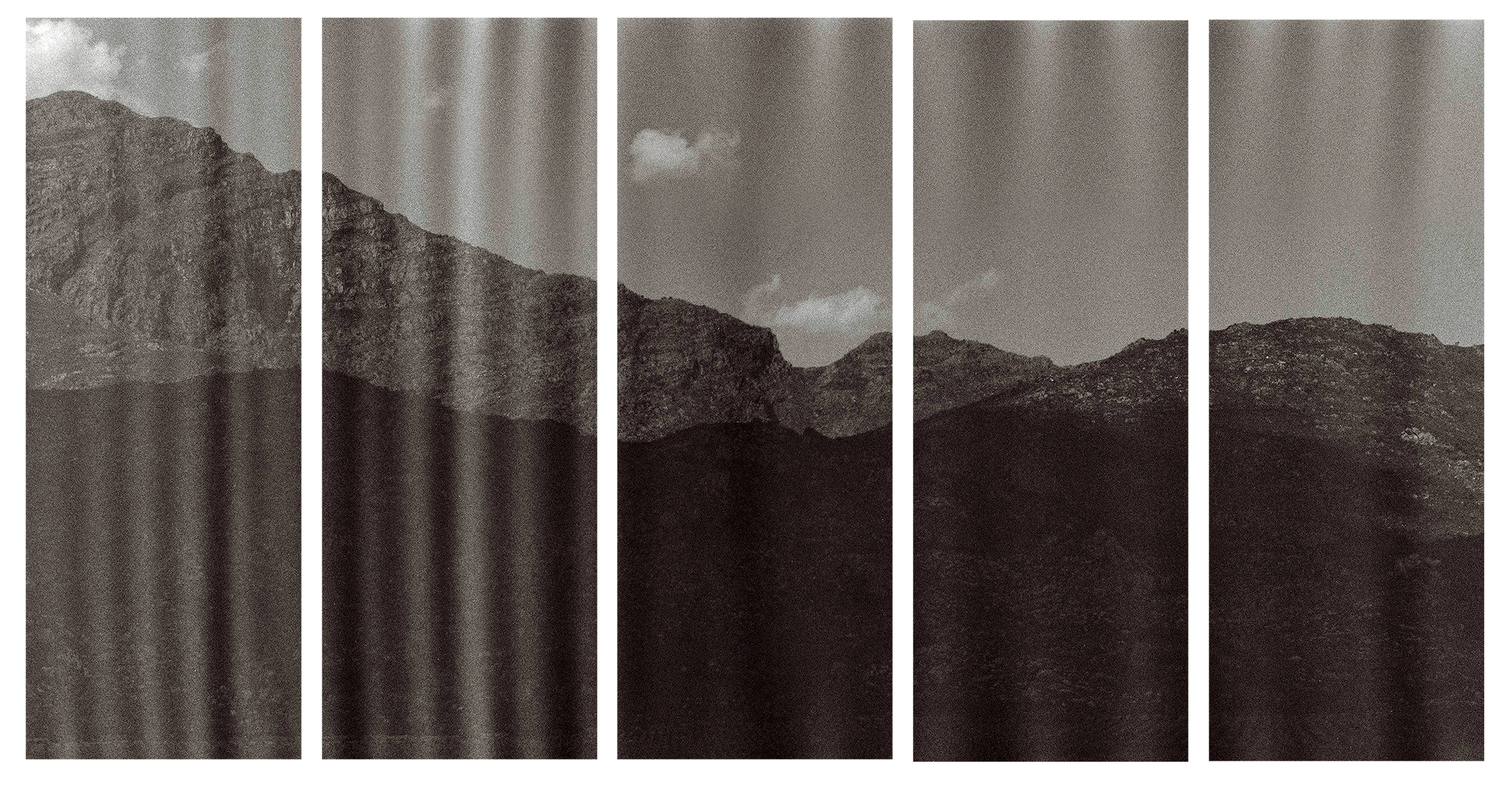
HUGH MASEKELA
A seven year chronicle of portraits from Masekela’s final years.
![]()
AUTO PORTRAITS
An exploration into the mechanics of memory and how we process the anonimity of the open road.

MORENA LERABA
2019 - ongoing
Teboho Mochaoa, known commonly by his stage name Morena Leraba is a Lesotho-born singer and rapper. He mainly uses traditional sesotho lyrics and combines them with electro, afro house and Hip hop. His lyrics are deeply rooted in Lesotho's traditional music, poetry, and its sub-genre, famo.
‘Fela sa Ha Mojela' is a 5-song EP by Morena Leraba, their first-ever release as a band after a series of collaborations and performances across the globe — meaning “song or poem of Ha Mojela” (in Sesotho language), these are some of the songs and ideas the band has been performing and developing throughout their 5-6 years in the scene. My portraits were used for the front and back cover of ‘Fela sa Ha Mojela’.
Listen to Morena Leraba here buy ‘Fela sa Ha Mojela here

















Alter Nature
2019 - ongoing
A change of habits will not alter nature — Aesop
A three-dimensional boxset gives the illusion of a real room.
The actors pretend to be unaware of the audience, separated by an invisible ‘fourth wall’ that is defined by the proscenium arch and the stage floor, which serves as a frame through which the audience observes theatrical events from a more or less unified angle.
Actors usually ignore the audience, focusing exclusively on the dramatic world. They remain absorbed in its fiction, in a state that Konstantin Stanislavski called ‘public solitude’ — the ability to behave as one would in private, despite being watched, or to be 'alone in public.’ The audience’s acceptance of this transparent fourth wall requires a suspension of disbelief in order to enjoy the fiction as though observing real events.
The history of photography has also assumed a subtle and implicit fourth wall, in particular the idea that the viewer is able to glimpse into a previously unknown ‘reality,’ be it of a place or person, which is packaged for immediate consumption.
Alter Nature takes its name from the cautionary fable by Aesop, titled The Raven and The Swan, in which a raven, through its overwhelming desire to look like the swan, gives up its way of life and attempts to mimic the swan, leading to its eventual demise. The story feels appropriate for our times, in which the unprecedented onset of AI-generated imagery and the echo chambers of social media and deep fakes have left many in a state of ‘public solitude,’ caught in the theatre of cyberspace.
These works deliberately break the fourth wall of the image-making process. Through the use of damaged monochrome celluloid film, fault lines and light seep into the images and create a meta-theatrical curtain within the landscape.
Through their analogue dissonance, these images question our relationship to the natural world, while subverting the illusionary nature of photography and its role in the manufacture of ‘truth.’
Enquire about editioned works here









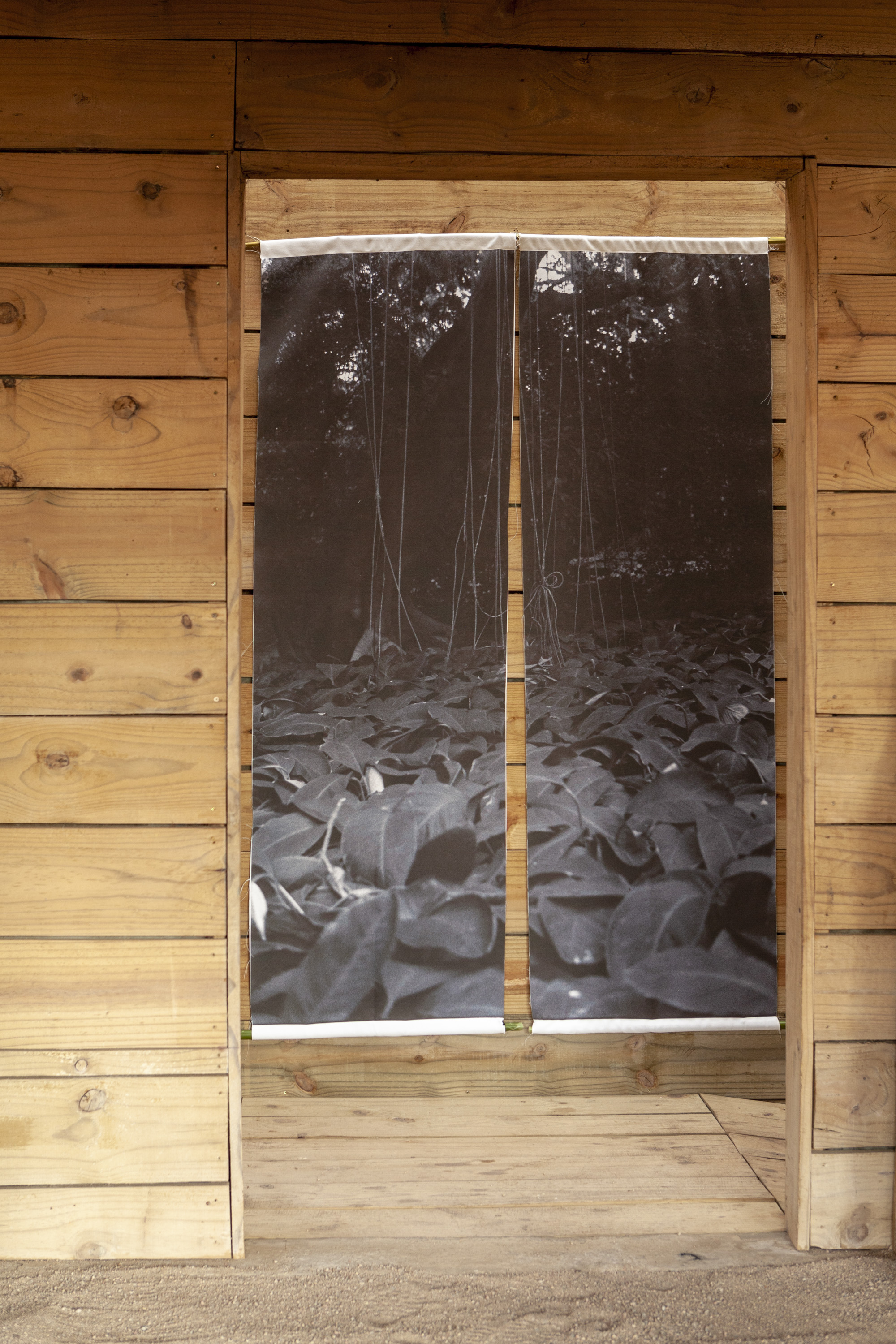


HUGH MASEKELA
Portraits 2011 - 2018
![]()
Born in the small mining town of Witbank, South Africa on April 4, 1939, Hugh Ramapolo Masekela was “bewitched” by music at an early age and, at 17, received his second trumpet from Louis Armstrong.
Along with Kippie Moeketsi, Jonas Gwangwa and Abdullah Ibrahim (then Dollar Brand), Johnny Gertze and Makhaya Ntshoko, he was a member of South Africa’s firstall-African bebop band The Jazz Epistles – Jazz Epistle: Verse 1.
After leaving, South Africa Hugh Masekela began his schooling at the Manhattan School of Music in September of 1960. In 1968 he recorded the million-seller LP The Promise Of A Future, which featured the chart-topping mbaqanga tune “Grazing In The Grass”.
In 1973 Masekela embarked on an African cultural excursion which would produce such songs as “Ashiko”, “The Boy’s Doin It”, “In The Marketplace”, “Soweto Blues” and the anthemic ‘Stimela’.
In 1987 he recorded and released the Mandela-inspired anthem ‘Bring Him Back Home’, and participated as a featured artist, along with Ladysmith Black Mambazo and Miriam Makeba on the triumphant global Paul Simon Graceland Tour. Later that year, he would be musical director on the smash Broadway musical Sarafina!
In September of 1990 he returned to South Africa, after thirty long years, whereupon he embarked on the countrywide homecoming Sekunjalo tour. Masekela continued to perform locally, on the African continent, and throughout the global music circuit. Beloved the world-over from Stockholm to Senegal, Hugh Masekela passed on from this life on January 23, 2018.


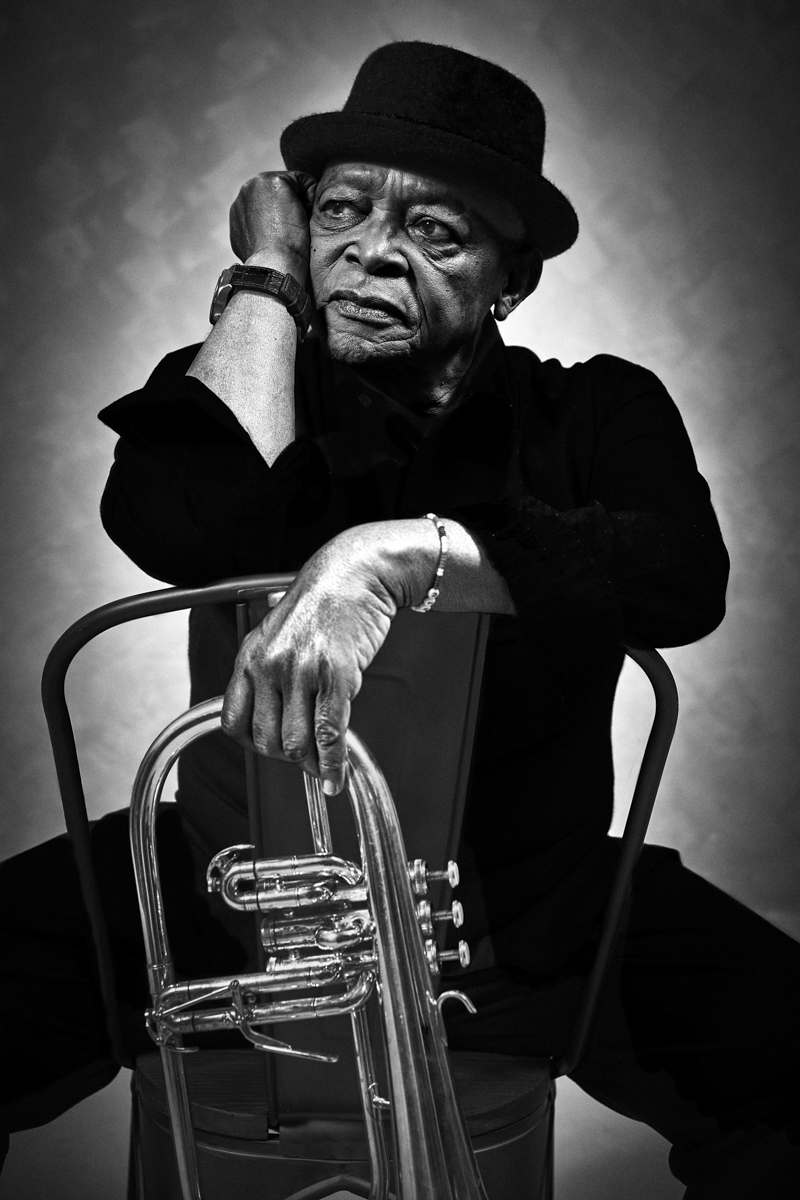




‘One of the greatest things that could really happen to Africa is for us to get rid of the borders and for the leadership not to think that the countries belong to them... We didn't create the borders to start with.’ Hugh Masekela





PORTRAITS














